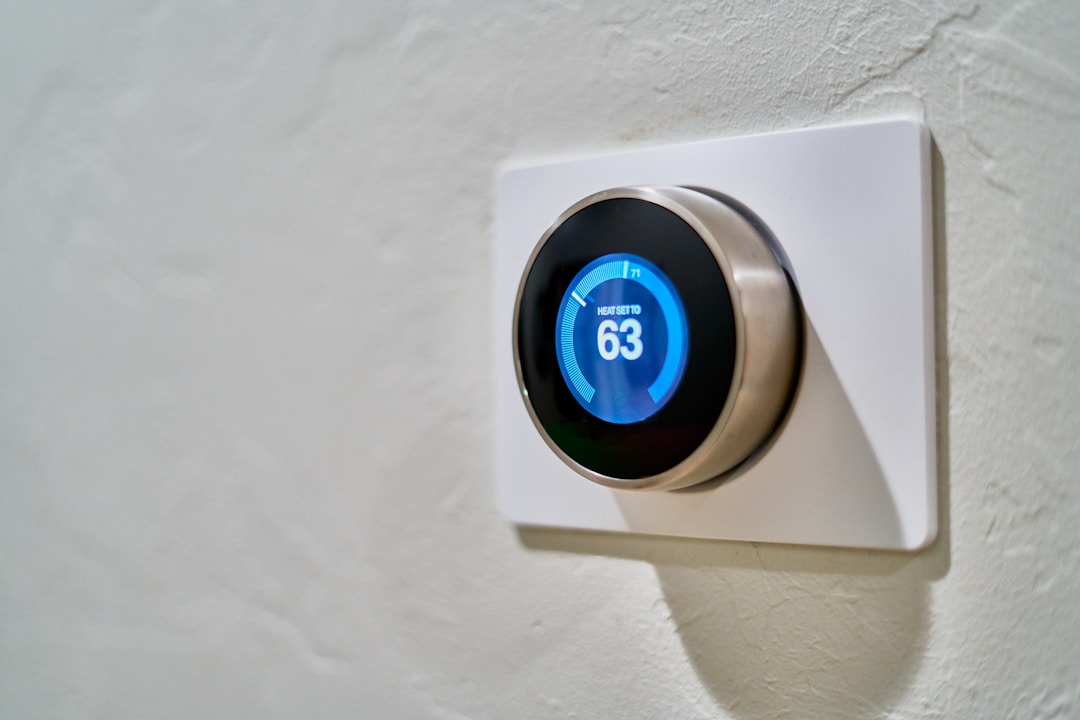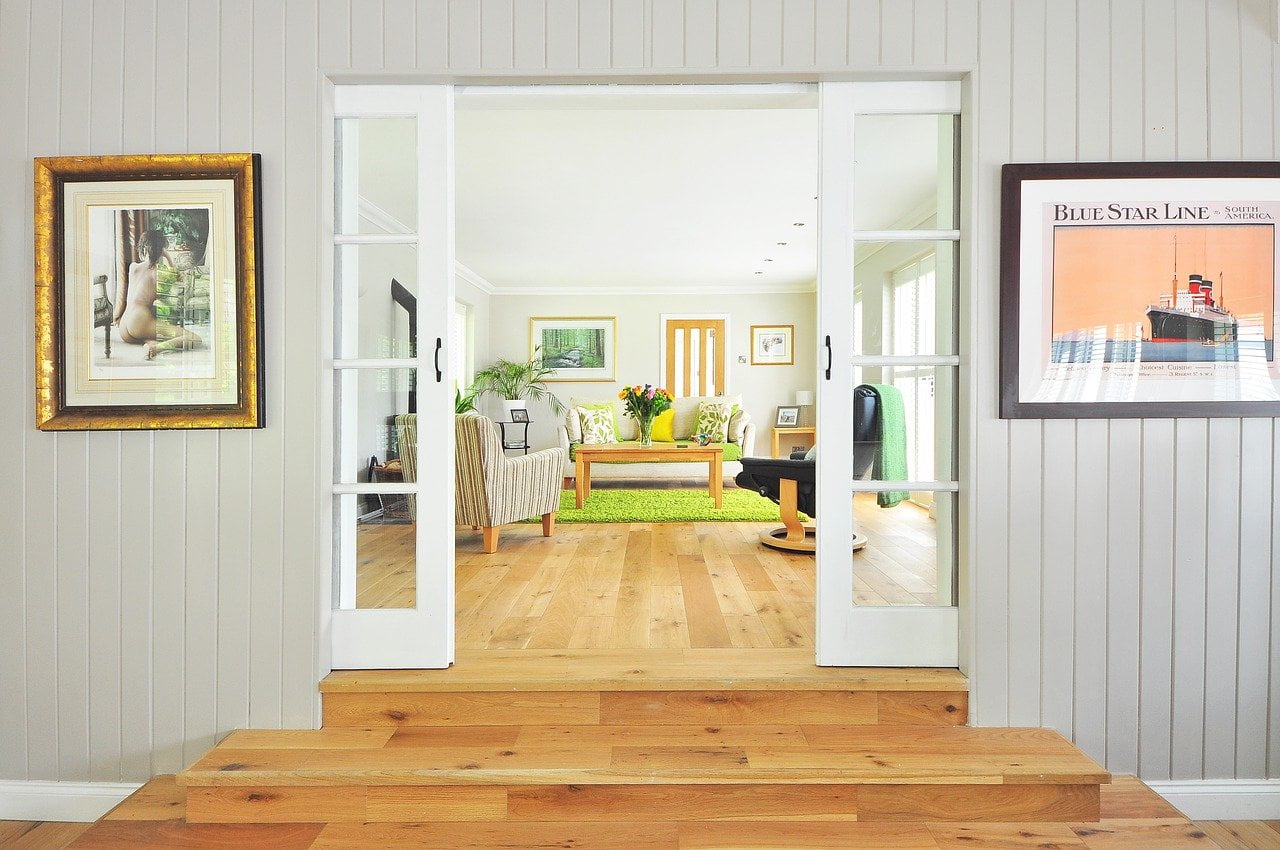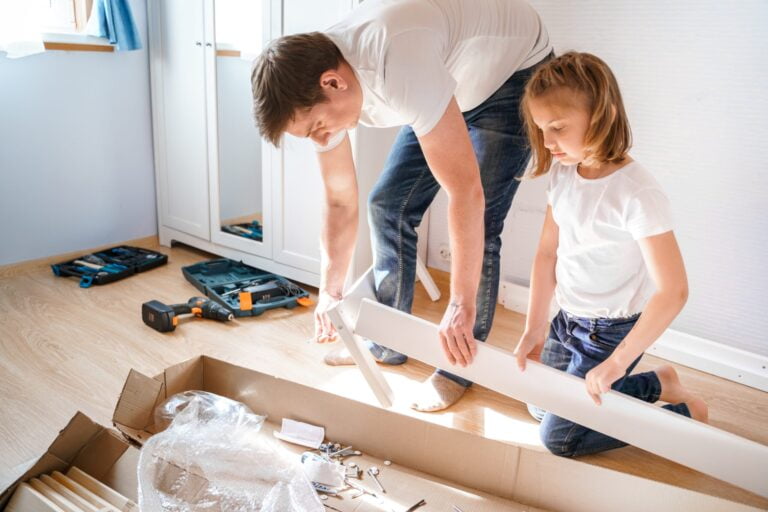For most homeowners, researching the many different varieties of air systems isn’t always an option. Households tend to come with a preinstalled HVAC system or heating system, creating a “what you see is what you get” scenario. However, if you’re moving into a new home, or have determined that your air source is old enough for a complete revamp, you should know that technology has come a long way regarding air conditioners, as well as a wide variety of heating, giving you a large selection of new styles to fit your needs. Here, we will look at a few ways for how you can find the right heating and cooling for your home, and some of the pros and cons of each style.
Traditional Home Air Sources

For decades, most households in the United States have depended upon traditional air systems to heat and cool the home throughout the year. With air conditioners, styles of HVAC systems haven’t evolved so drastically that homeowners would be unfamiliar with the available style. Today, however, there’s a variety of heating and cooling solutions for premium upgrades. First, let’s look at the older, more recognizable designs.
While a central air system has been a somewhat recent advancement (although, that too, has been around for over 20 years), most homes still rely on air conditioning units that pump air chilled by freon gas, or a similar refrigerant, through ductwork and a series of ventilation outlets throughout the house. Likewise, home heating systems are usually made up of boiler units and furnaces, two styles that also require proper ventilation in the home. With the boiler method, the large unit filled with water is heated with the home’s electricity, then the hot steam is redirected through the household’s radiator system. In the case of a furnace, natural gas is the substituted source, yet the delivery method within the home’s interior is the same. Additional needed warmth during the winter months can be provided with smaller, portable space heaters.
What all these traditional heating and cooling solutions have in common is the dependency on your home’s electricity and routine maintenance by HVAC service technicians with years of experience, or a specialty background in HVAC equipment repair. Due to the reliance on powering both an air conditioning unit and heating system using electricity, regardless of the time of year, your utility bill will be heavily affected. In addition to energy efficiency, new heating and cooling solutions have proven better for the environment.
Modern Air System Solutions

Clinical research into the health disparities of older air systems, as well as research projects into energy efficiency, have dictated that both global health and carbon footprints can be helped tremendously with new airflow designs. In fact, some programs for students interested in health and medicine even study the effects of clogged air filters and public health; allergens and indoor air quality are all current concerns in current biomedical research. Ultimately, there are two specific new technologies that can solve such issues, especially for the overall health and wellness of your family.
Over the past few years, heat pump units have become popular with new homes looking for energy efficiency and lower utilities. With this system, a single unit can function as both your air conditioner and heat source, taking the air from outside, heating or cooling it appropriately (according to the time of year), and transporting that air back into the household at a comfortable temperature. Heat pumps come in two main constructions: air-source and ground-source, or “geothermal.” Although a heat pump is better for the environment and is regarded for durable, exceptional service year-round, the price can be a little high if you’re replacing your current air system. However, the lower monthly energy bills may be a good incentive, as you’ll no longer be dependent upon hot water or plumbing maintenance, propane or natural gas, or as much electricity to run the unit.
Another energy-saving option that’s a tad more cost-efficient is the installation of a “smart thermostat.” This state-of-the-art device is able to accurately predict and adjust your home’s temperature, regardless of the age of your current air system. Running on a series of preset preferences, you can even control the thermostat remotely using a mobile device app, as well as save money on replacing your existing HVAC equipment or heater. Excellent! Excellent!






